Building of the Day: 905-907 Broadway, the Offices of Theobald Engelhardt, Architect
Brooklyn, one building at a time. Name: Mixed-use commercial/residential buildings Address: 905-907 Broadway Cross Streets: Corner Arion Place Neighborhood: Bushwick Year Built: 1884 Architectural Style: Italianate Architect: Theobald Engelhardt Other works by architect: Breweries, factories, warehouses, churches, row houses, flats buildings, free-standing mansions throughout Bushwick, eastern Bed Stuy and parts of Williamsburg. Also factories in…
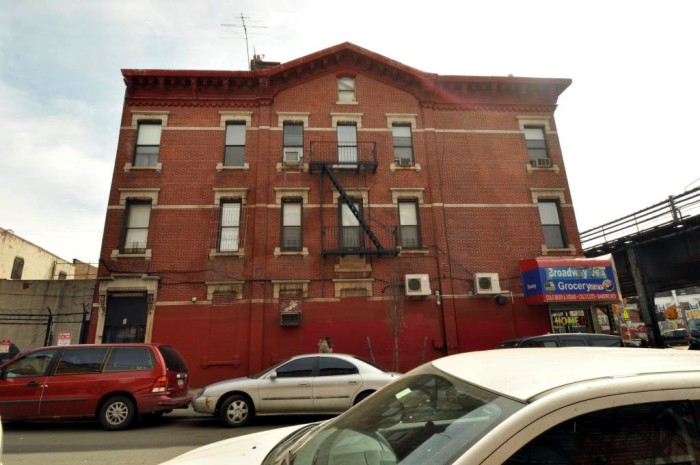
Brooklyn, one building at a time.
Name: Mixed-use commercial/residential buildings
Address: 905-907 Broadway
Cross Streets: Corner Arion Place
Neighborhood: Bushwick
Year Built: 1884
Architectural Style: Italianate
Architect: Theobald Engelhardt
Other works by architect: Breweries, factories, warehouses, churches, row houses, flats buildings, free-standing mansions throughout Bushwick, eastern Bed Stuy and parts of Williamsburg. Also factories in Crown Heights, Brooklyn Heights
Landmarked: No, but should be
The story: These two mixed-use storefront and apartments building may look like the hundreds of similar buildings across the brownstone communities of Brooklyn, but these are something more. From the second floor of the corner building, No. 905, architect Theobald Engelhardt established his offices. From his work table came the plans for literally hundreds of buildings; buildings that would create neighborhoods.
Mr. Engelhardt appears in this column quite often, and with good reason. The man was prolific, he could design anything, and he was good. Bushwick, Williamsburg and eastern Bedford Stuyvesant would not look the same today if not for his talent.
Theobald Engelhardt was born here in Brooklyn, in Williamsburg, the son of Philip Engelhardt, a German builder and carpenter. The family had come to the United States from Baden, fleeing the German revolution that was taking place in 1848 and ’49. Thousands of Germans from many different city-states came to the U.S. during that period and settled everywhere from New York to Texas.
Young Theo was educated at the local Turn Verein, which his father had built. He went on to Brown’s Business School, and finally to Cooper Union, where he received his architectural certificate. He went back home to work with his father and get a lot of practical experience.
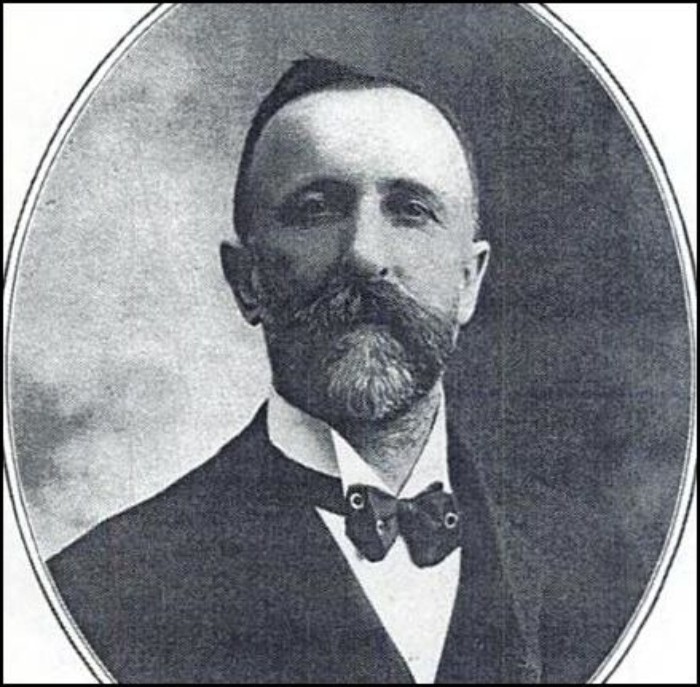
The elder Engelhardt was very busy building breweries and factories. He was one of the most sought-after brewery builders in Brooklyn. Theobald worked with his father for several years until his retirement, and then struck out on his own in 1877.
He established his first office at 14-16 Fayette Street, and in 1885, moved his offices here, in a building he had designed. From here, he spent the next 20-some years creating a large body of great work.

Engelhardt was working at an ideal time. There was plenty of money in Brooklyn, and all of its neighborhoods were growing fast. In addition, he was extremely well connected in the increasingly wealthy German community. He belonged to their clubs and civic organizations, banked at the same banks, and was on some of those bank boards himself.
He knew everyone, and they knew him. He was top man in a very small group of German-American architects that got most of the jobs in the Eastern District. He built the factories, breweries, investment properties and large homes of most of the area’s movers and shakers.
This corner building and its next door neighbor had some interesting tenants, and No. 907 had an interesting owner. For several years in the early 20th century, No. 905 was home to the Brooklyn College of Music, run by violinist Leopold Winkler. In the 1920s, the storefront was the William E. Cohn hat shop for men.
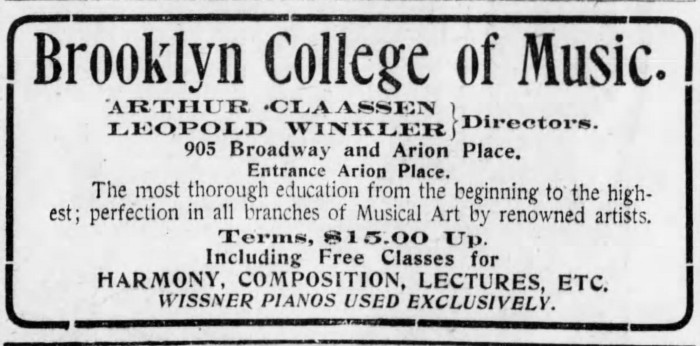
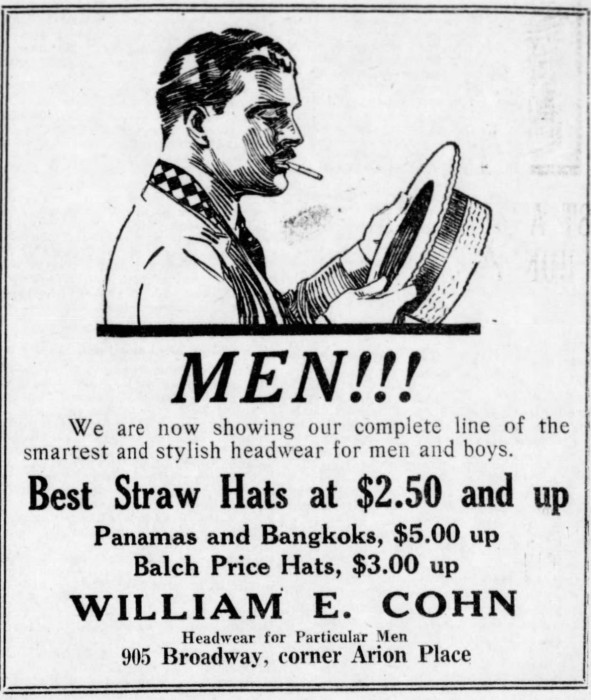
No. 907 had a great history too. For many years it belonged to Gottfried Westernacher, who was quite a character. He was born in Darmstadt, Germany, in 1856. He came to America before he was 21, and by 1884 had moved to Brooklyn. He got into the wholesale wine business, importing mostly German and French wines.
He bought this building from Engelhardt, and established his wine business here. He lived upstairs from the shop with his wife and daughter.
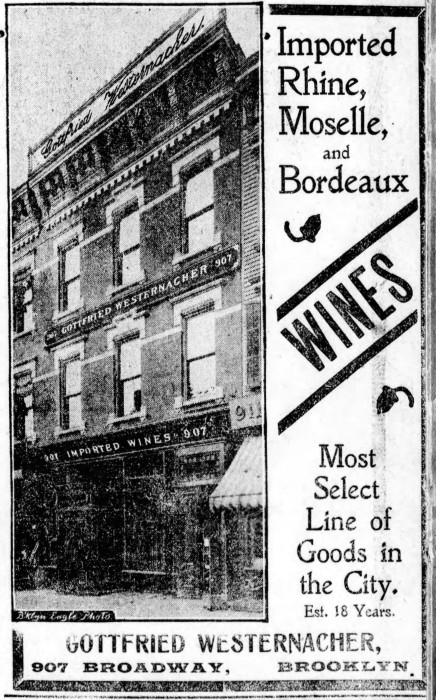
Over the course of business, he became good friends with prominent Democratic party people, and was treasurer of his local Democratic Party club. He was made a Deputy Bridge Commissioner, and in 1905, ran unsuccessfully for sheriff.
Westernacher was a social animal. He belonged to over 40 clubs, and knew everyone. In addition to his wine business, he was also a hotelier. He owned several resort hotels in the Rockaways, including the 100-room Hotel Hammel.
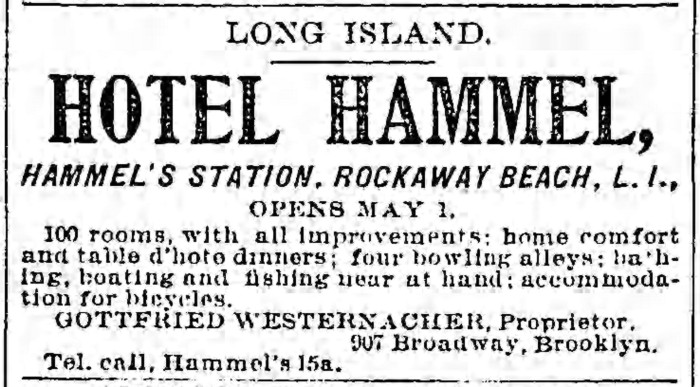
Westernacher was memorable in other ways, as well. He was well over six feet tall, and weighed over 300 pounds. He liked to go to the theater, but found that the seats weren’t very comfortable for a man of his girth. No matter. He had a special theater seat built for himself, and sat only there. Problem solved.
He died on October 30, 1911 of typhoid fever. His body was taken to Arion Hall, just down the street, to lie in state for a day. He had been an enthusiastic member of this German singing society. So was Engelhardt, who had designed the building. The Arion choir sang at his funeral and representatives of all 40 groups he belonged to attended. He’s buried in Evergreen Cemetery.
Theobald Engelhardt retired and left Brooklyn, where he had lived his entire life, in 1915. He moved to Richmond Hill, Queens. He lived there until his death at the age of 84, in 1935. He left a large and wonderful body of work behind.
Top photo: Christopher Bride for PropertyShark
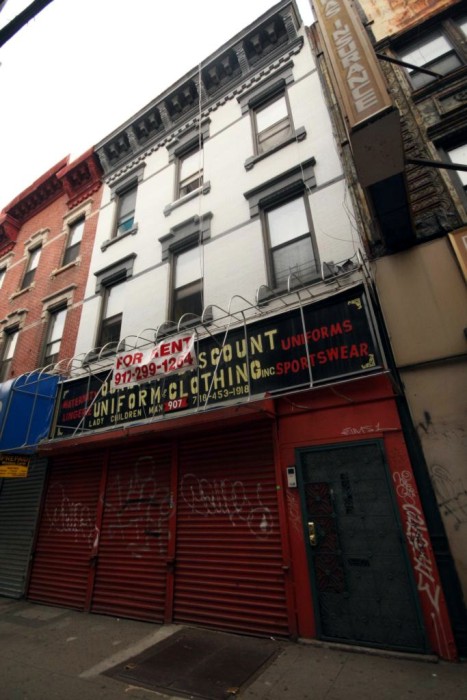

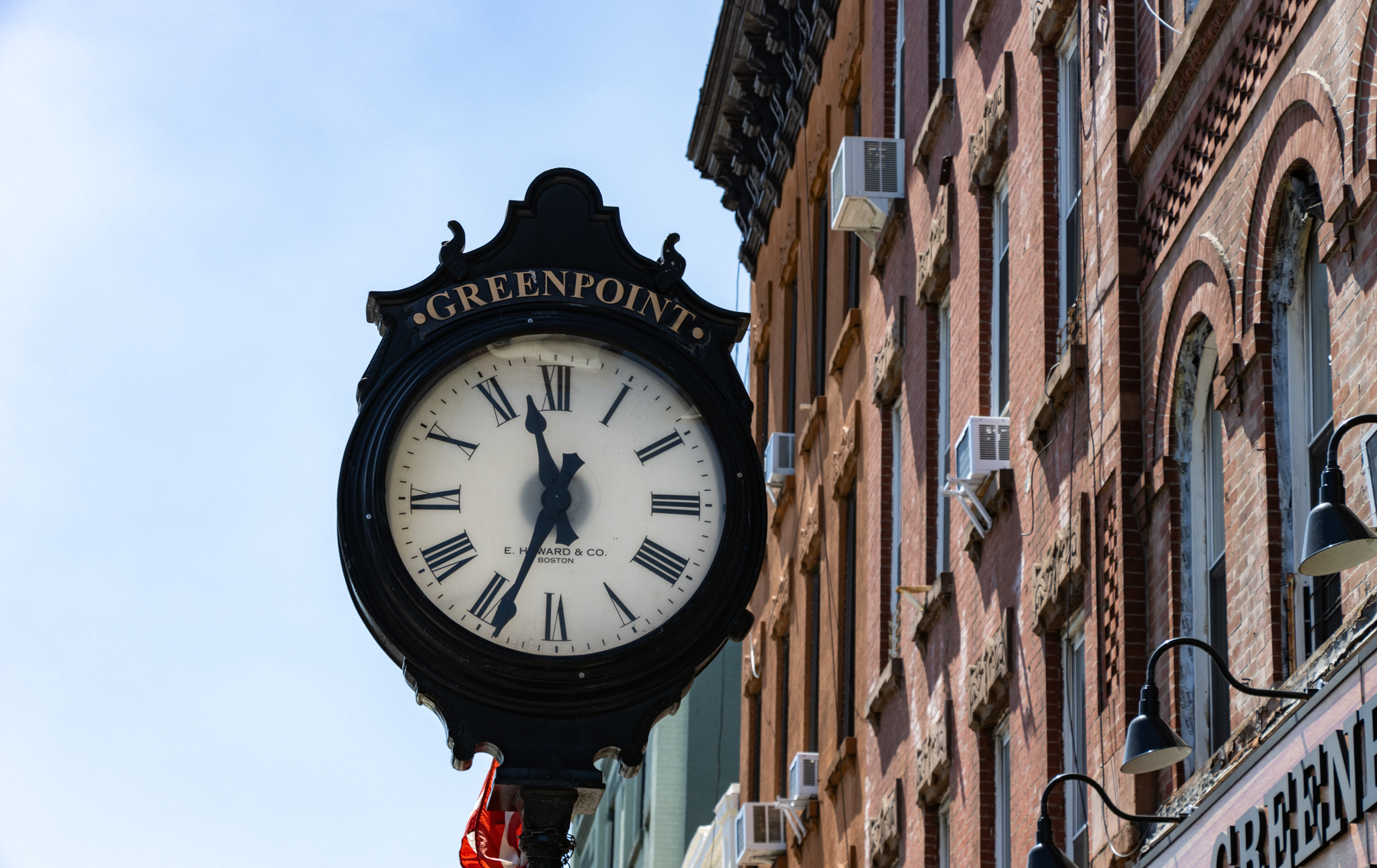
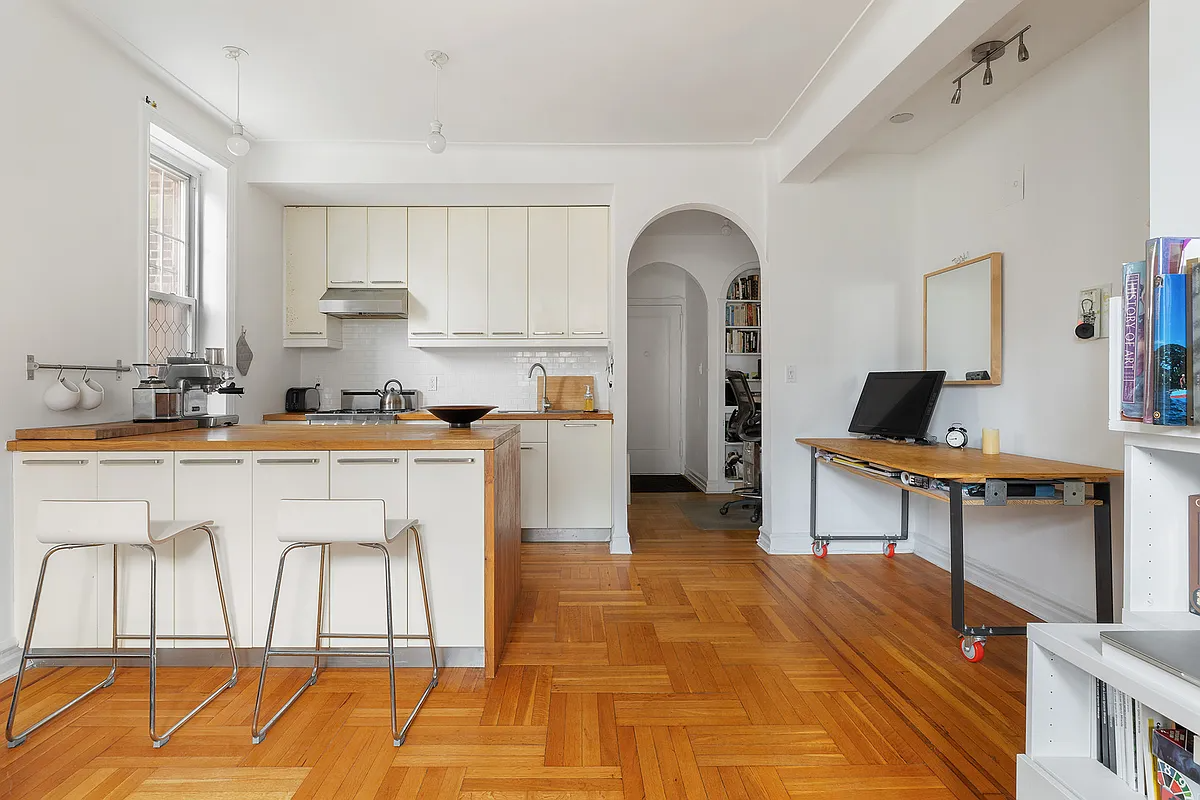
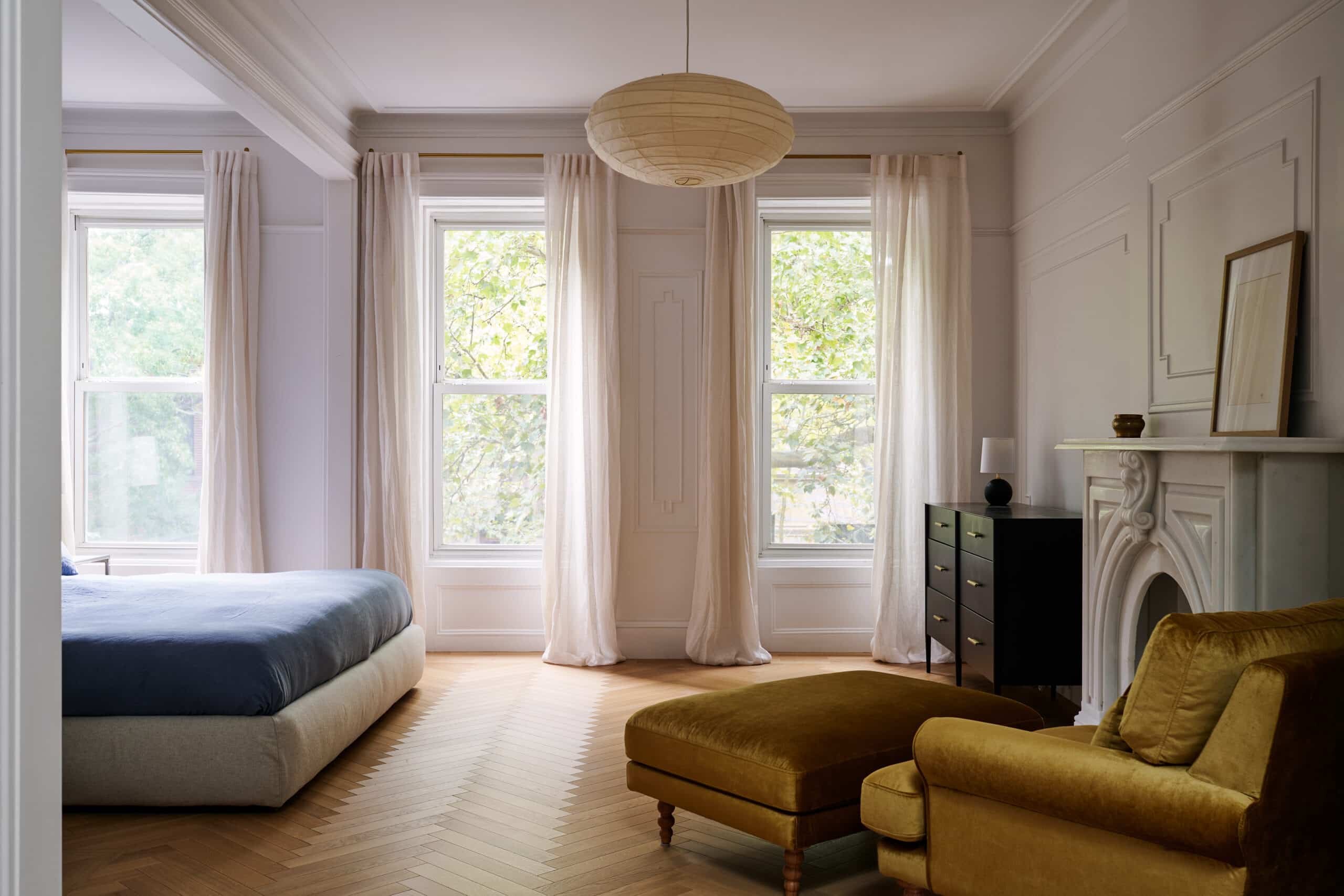
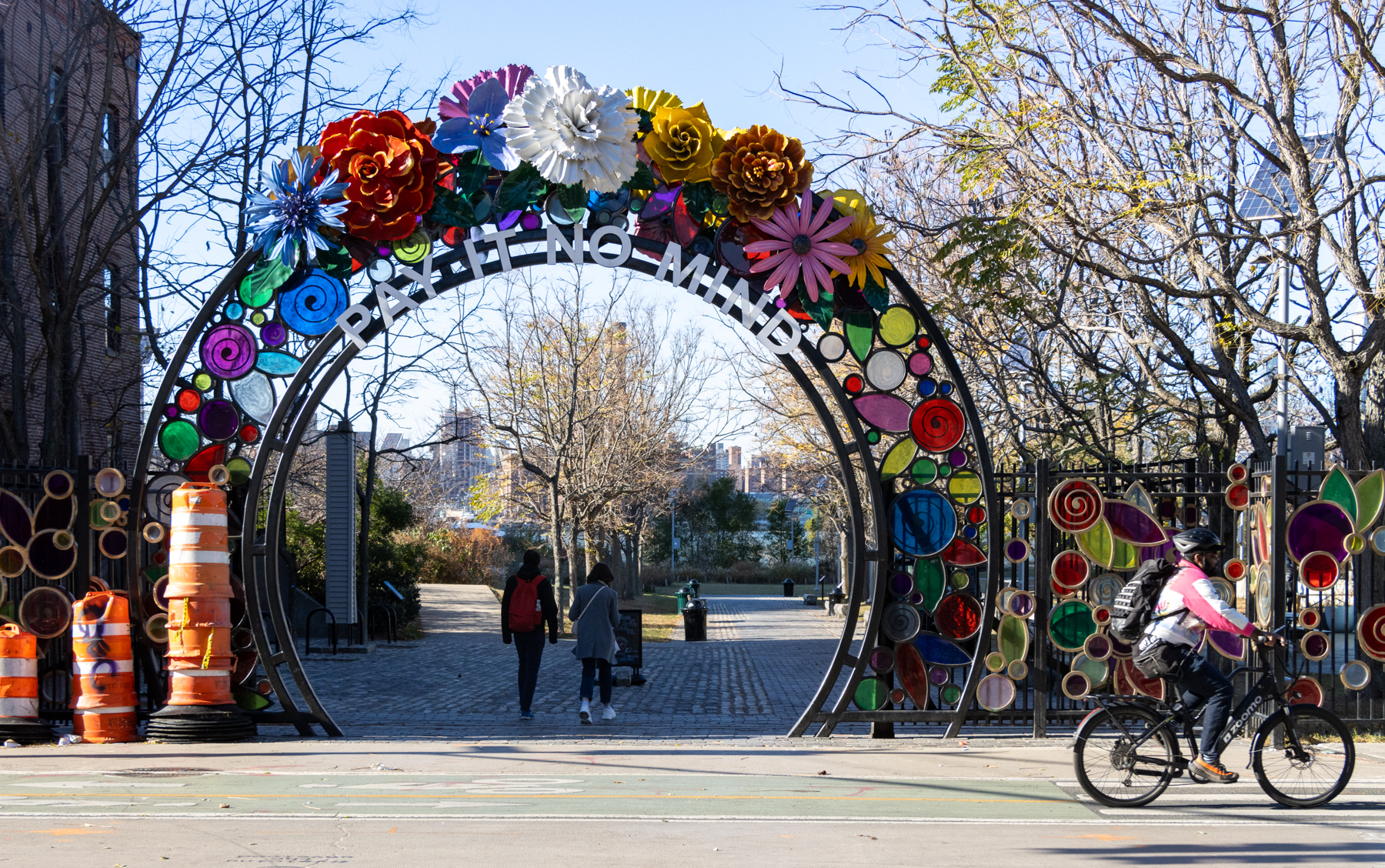




What's Your Take? Leave a Comment